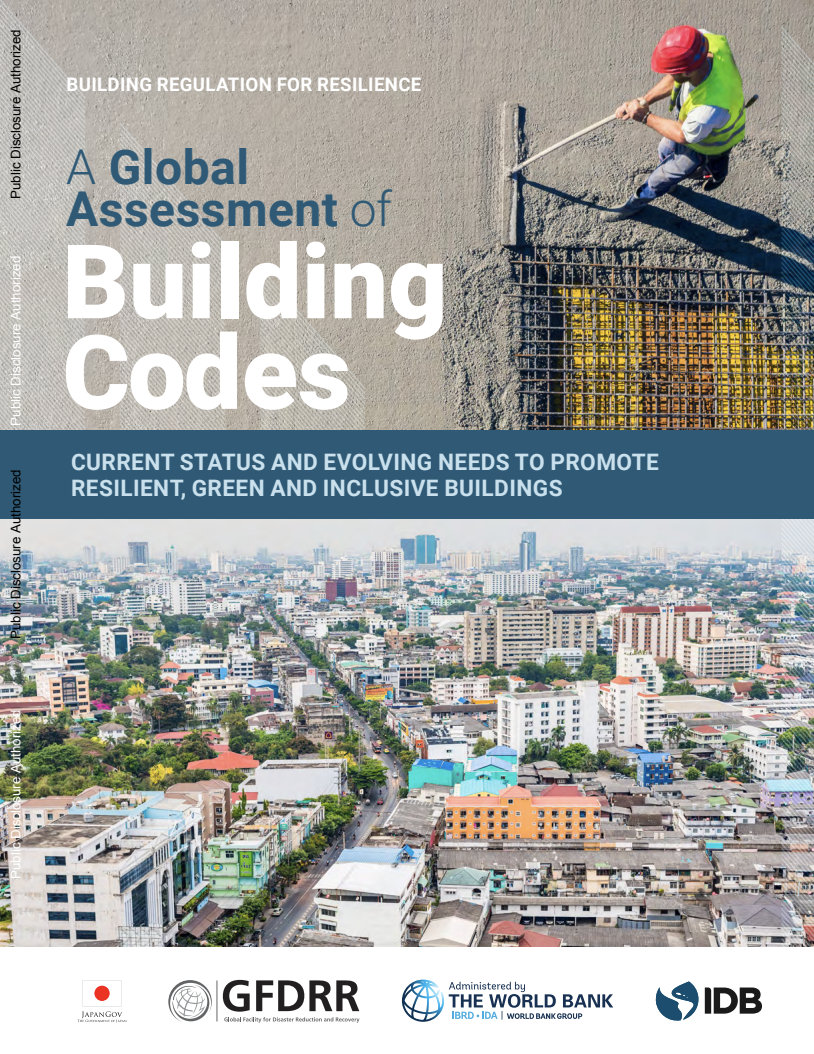The quality of the built environment is fundamental to the functioning, health, and sustainability of societies and economies. Rapid population growth and urbanization are expected to increase the proportion of people living in cities to nearly 70 percent by 2050. This means that a significant portion of global building stock that will exist in 2050 is yet to be constructed (UN, 2019). Much of this growth will occur in African, Asian, and Latin American cities, presenting both opportunities and challenges. Enhanced building codes and compliance mechanisms are essential tools to address the impacts of natural disasters, urbanization, and the need for accessible buildings. Modern building codes, finely tuned to local contexts, can create vibrant and resilient urban landscapes that stand the test of time. Additionally, the increasing frequency and severity of tropical cyclones, floods, extreme heat and other climate-related events, demand comprehensive design provisions in building codes to mitigate damage and ensure habitability. Improved building codes can reduce risks for new construction and play a crucial role in ensuring the safety and adaptive reuse of existing structures. This approach enhances the resilience of the built environment and ensures that cities are safe, healthy, and sustainable for future generations. This report assesses the technical content of building codes for selected countries and related code implementation mechanisms. It considers three priority areas: structural safety and resilience, green buildings, and universal accessibility. It aims to support a wide range of actors involved in building regulatory policy and code development, including policy makers, government agencies at national and local level, technical professionals, academics, and development partners.
A Global Assessment of Building Codes
Current Status and Evolving Needs to Promote Resilient, Green and Inclusive Buildings
June 9, 2025

